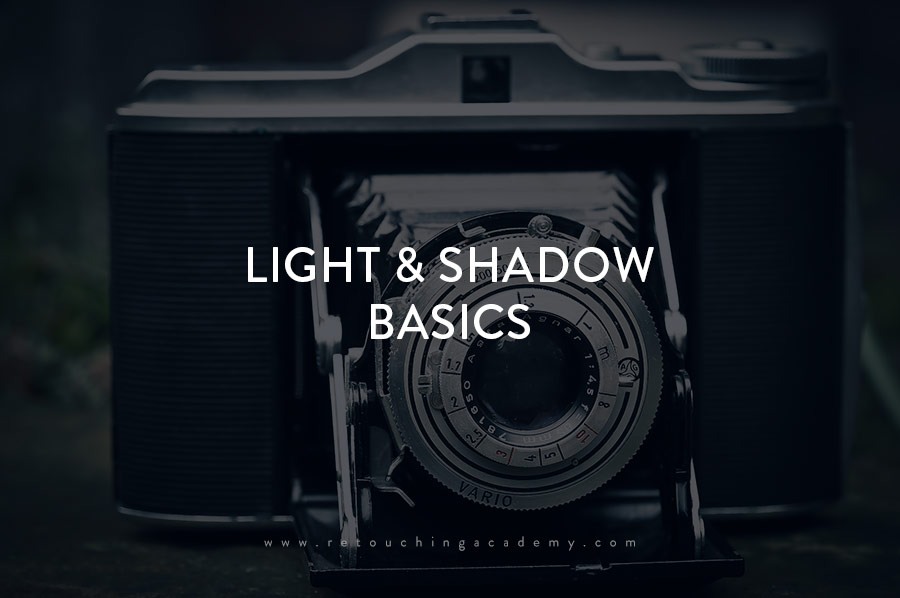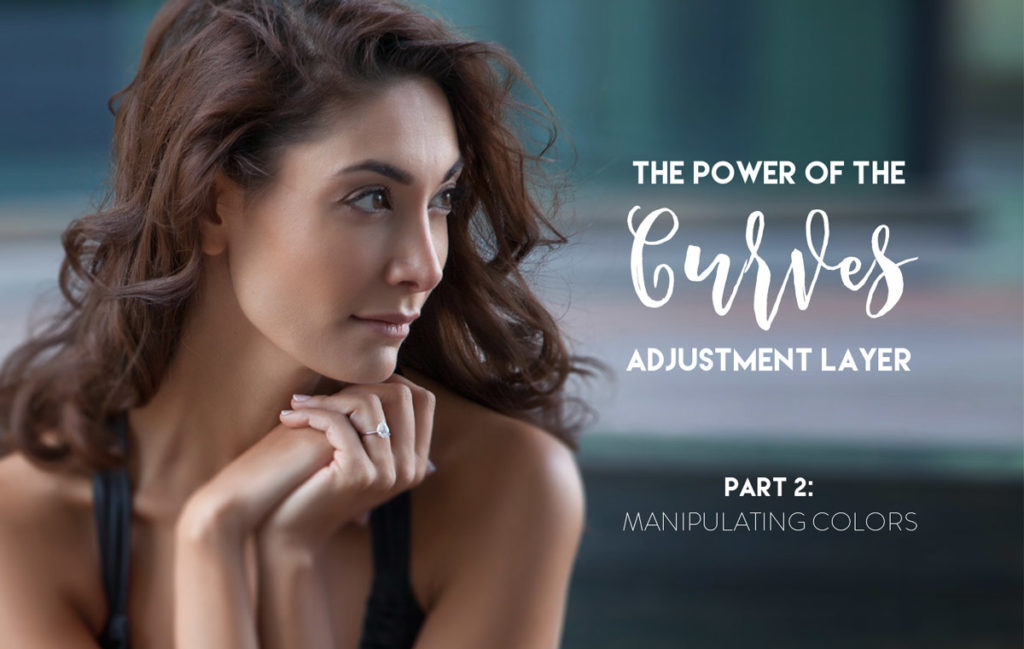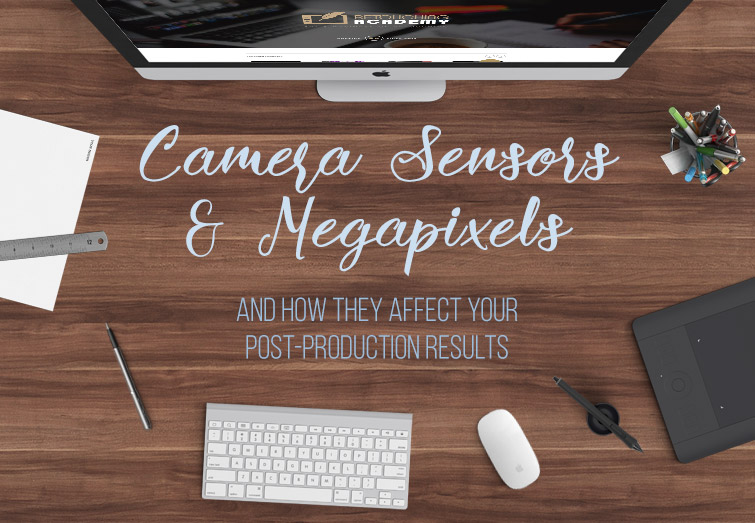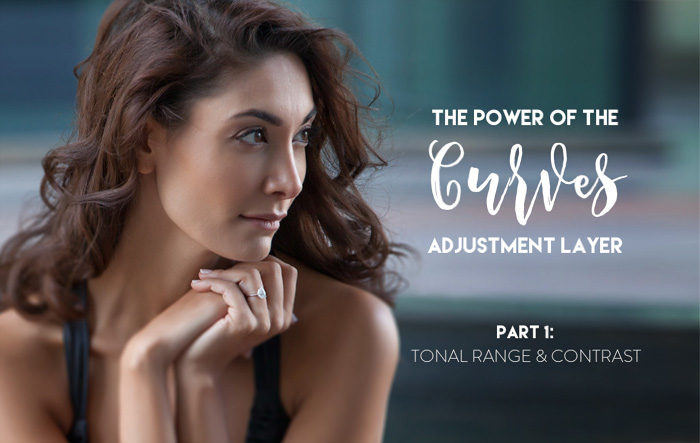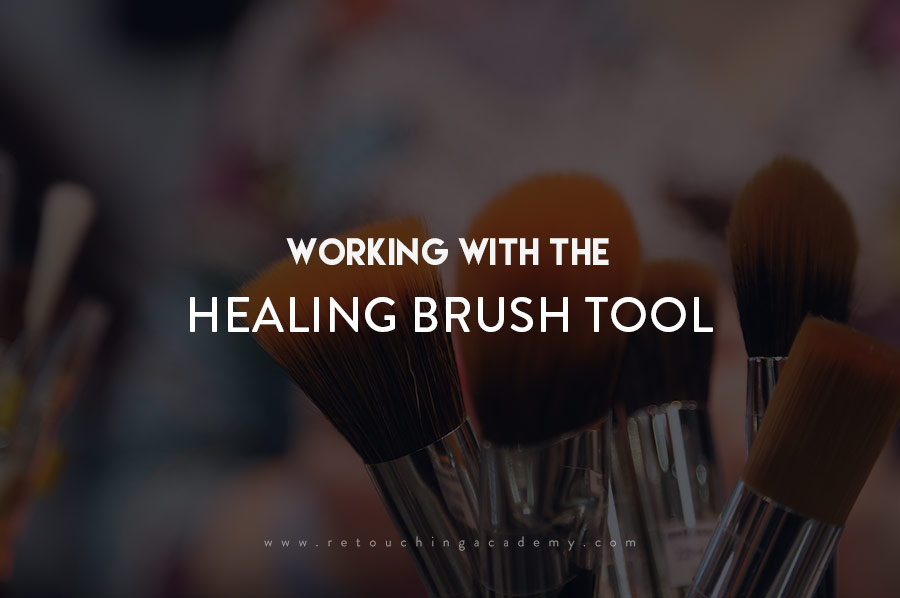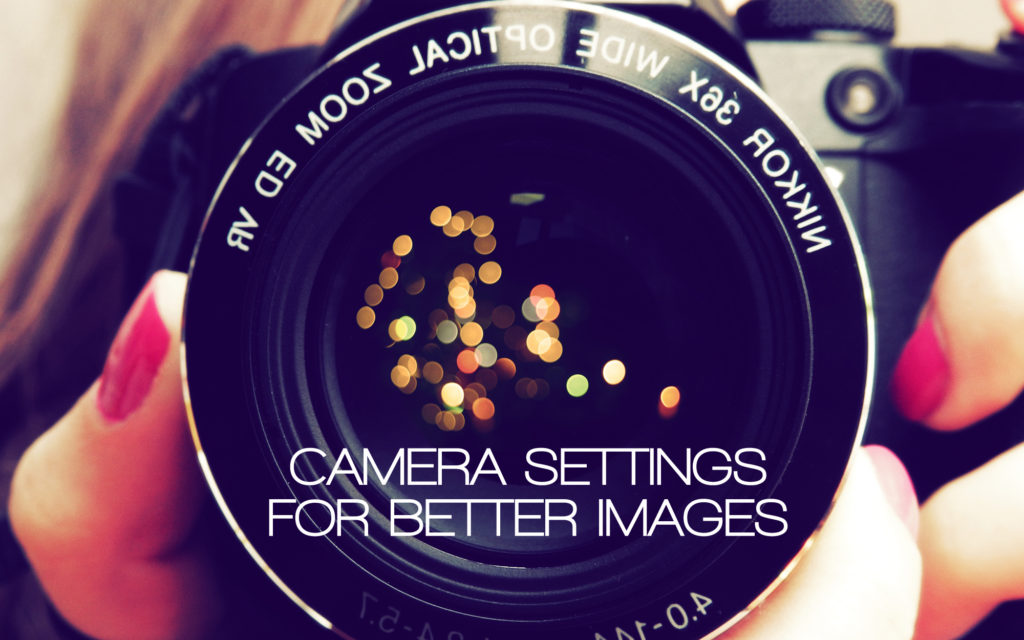It is important to understand the basics of the studio and ambient lighting for retouchers just as it is for painters, photographers and any visual artists for that matter. The following is a quick review of some basics that you should understand when capturing your initial photograph. If a photograph is done correctly in-camera, less time is spent in post-production making adjustments and you will be able to achieve better image quality overall. This article will not go into in-depth lighting techniques or post-production corrections. The goal is to get it right before the image is processed.
LIGHT FACTS EVERY PHOTOGRAPHER SHOULD KNOW
Direct light creates hard-edged dark shadows. The smaller the light source (relative to the size of the subject) or the farther away it is from the subject, the sharper and darker the shadows will be. The sharpest light is created by a point source, a light small enough or far enough away. Think of the sun on a clear day or a stage spotlight.
Diffused light disperses, creating very bright (or no) shadows. The closer the light source or the larger it is (relative to the size of the subject), the softer and brighter the shadows will be. Think of a heavily overcast sky or a large window filtering indirect light.
Reflected and fill light can be used to soften shadows. The main light plus reflector fill is the simplest way to arrange lighting that enhances features without sharp or harsh shadows.
Side lighting emphasizes facial features further and reveals textures. Make sure to avoid it when shooting female portraits, or if your model’s skin is aged or uneven. That is unless that is the effect you desire.
Light-shaping tools – light modifiers, flags, diffusers, reflectors, booms, heavy-duty stands, color gels – vary in their effects and what you can do with them. You need to know the basic principles of light traveling and diffusing.
If you understand these principles, you do not need to spend a lot on modifiers. There are plenty of DIY props and tools. For instance, you can use color cellophane in place of color gels or a white sheet to diffuse light from a bright window.
DYNAMIC RANGE & LIGHT MODIFIERS
Dynamic range is the ratio of the brightest tone to the darkest shadows of the image. Most exposure problems arise because of the dynamic range. A digital camera is not able to record as much darks and highlights as a human eye can see, or even as much as a film camera can record. That is another reason why to shoot in RAW (we can record maximum light and color information and retrieve a few different exposures out of one RAW file). Dynamic Range is also the reason we use reflectors and fill light when taking a photo.
The camera sensor records the light differently from what we see, so our aim is to produce images that correspond to the experience of the eyes.
KNOW WHAT YOU WANT & HOW TO MAKE IT HAPPEN
Ask yourself what look you want to achieve and then begin researching reference images to figure out your lighting, composition, and potential poses. Learn to read light in other photographer’s images online, in magazines, and on billboards. Once you are able to read light, you can recreate the effects you prefer.
Do you like softer photos with a blurred background (lots of bokeh)? Shoot with faster glass (smaller f-stop numbers on the lens), continuous light, and wide-open apertures (lower f-stop).
Sharp, crisp images with more of the image in focus? Shoot with small apertures (higher f-stop), incorporate fast light strobes, and light modifiers.
How to choose an aperture? This is based on how wide or narrow you need the depth of field to be. Do you want a lot of bokeh (soft, blurred background/foreground) or would you like it to be a shaper, with more of the picture plane in clear focus?
RELATED: Studio Beauty Video Course for Photographers
How to choose shutter-speed? The slowest shutter speed for the hand-held camera is 1/80. Anything lower and you will encounter what is called internal camera shake, which results in blurry or shaky images. When shooting in studio 1/125 – 1/160 is a good baseline for average lights (high synch speed lights are much more expensive than slower ones). This also allows for less blur with the model’s small movements and breathing.
Master basic lighting setups and then move on to experimenting with new techniques. You may want to start with these first four:
- Outdoors on a sunny day
- Outdoors on a cloudy day
- Studio – client portrait / head-shot
- Studio – beauty, close-up beauty


